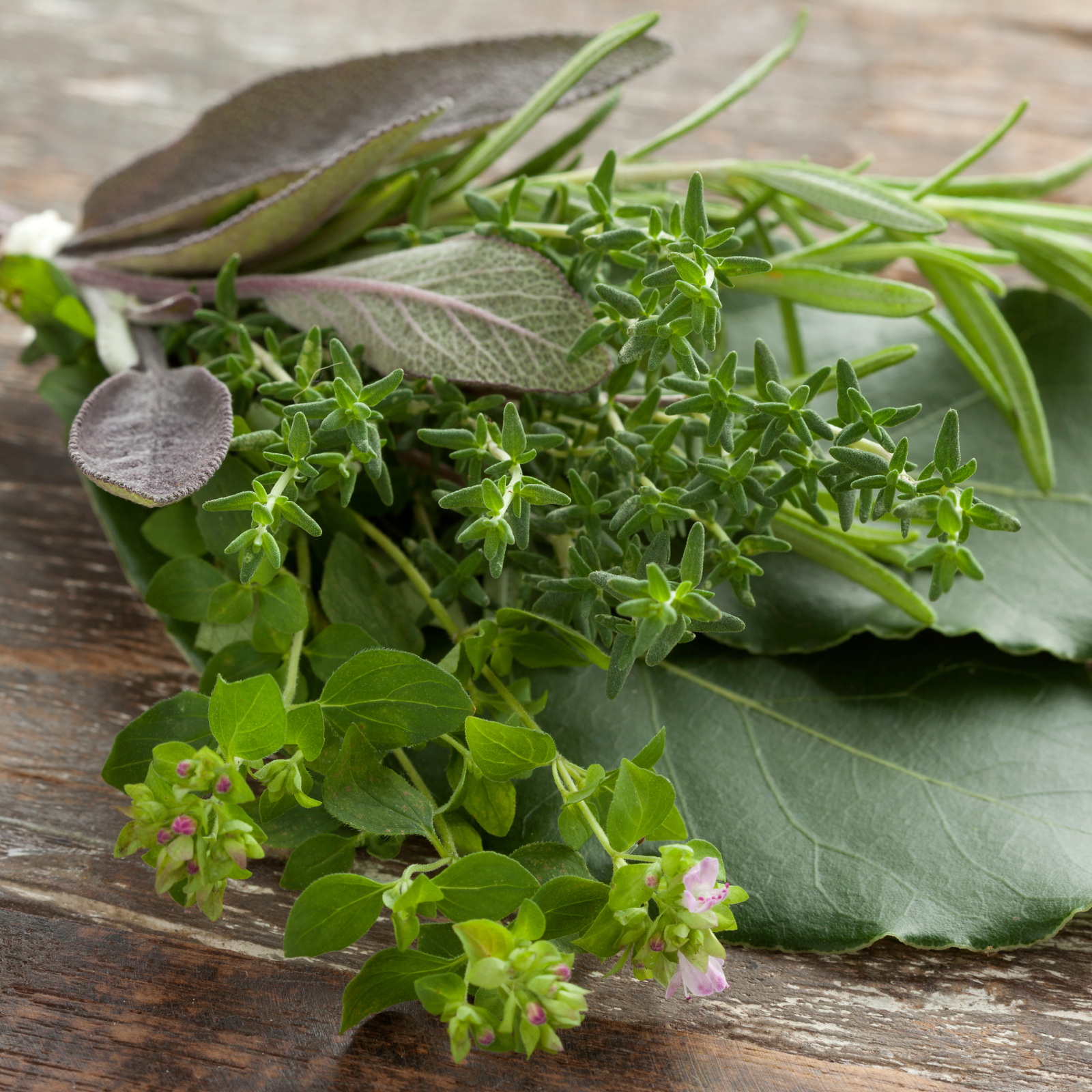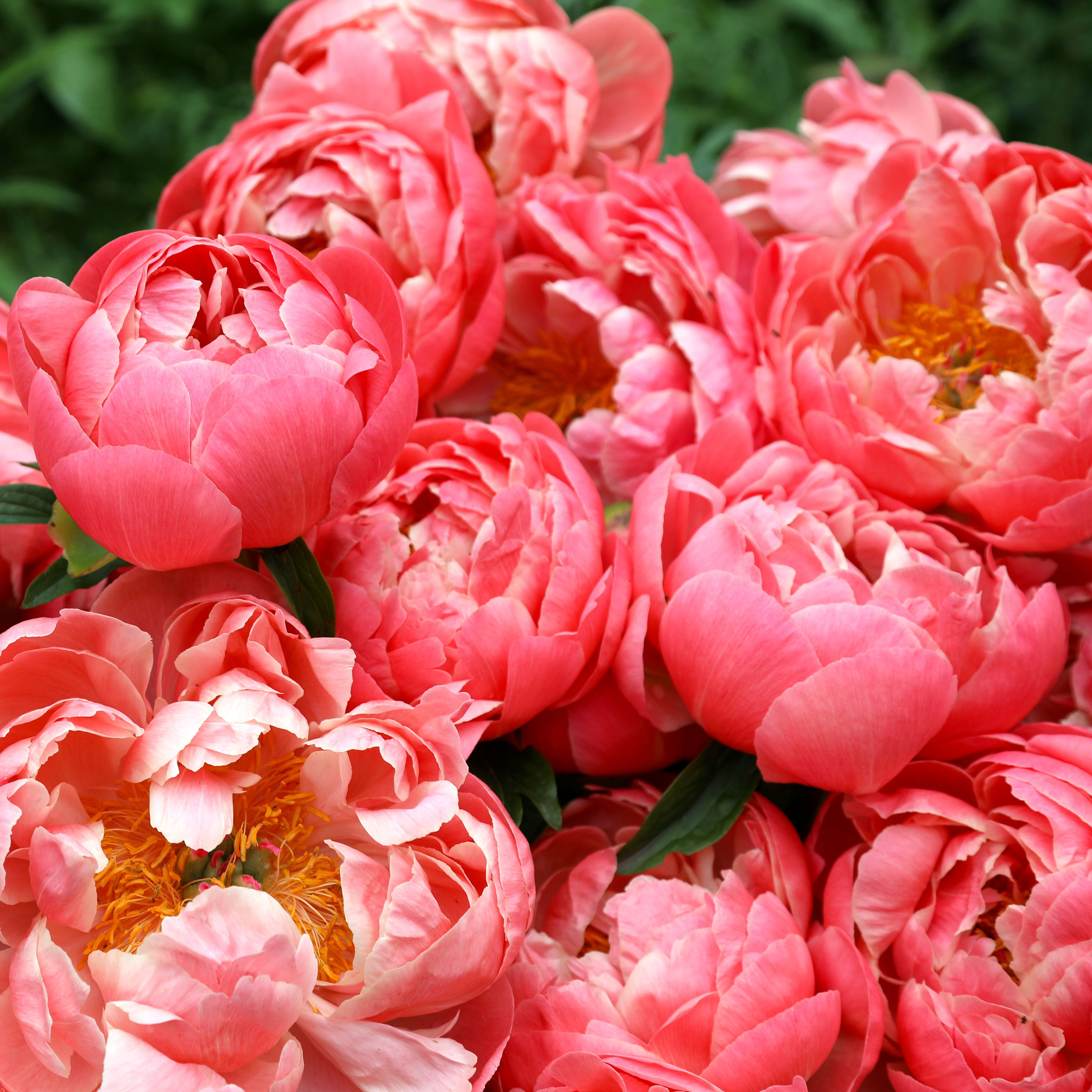Fig Leaf Blight Control: Learn About Leaf Blight Of Figs
Fig trees are hardy to USDA zones 6 to 9 and reside quite happily in these regions with few serious disease issues. Few does not mean none, however, and one disease that plagues the tree is called fig thread blight or leaf blight of figs. Learn how to spot the symptoms of figs with leaf blight and about fig leaf blight control.
What is Fig Thread Blight?
Fig trees (Ficus carica) are deciduous shrubs to small trees, native to the Mediterranean where they enjoy the warm temperatures of the region. When these warm temperatures collide with damp conditions, trees may become susceptible to leaf blight of figs. Leaf blight of figs, sometimes referred to as thread blight, is caused by the fungi Pellicularia kolerga. It is fostered by hot, damp weather. Fig thread blight first appears as yellow, water-soaked lesions on the foliage of the plant. As the disease progresses, the underside of the leaves turn tan to light brown in color and is covered in a light, fungal webbing, while the surface of the foliage becomes covered with a thin, silvery-white mass of fungal spores. Further into the infection, the leaves shrivel, die, and drop from the tree. Often, the affected dead leaves seem to be matted together. While the most obvious damage is to the foliage of the plant, the fruit may also become affected by the fungus, especially if the fruit is newly formed and at the end of an infected leaf or stem tip.
Fig Leaf Blight Control
Figs with leaf blight do not respond to the use of fungicides. The only method of control is proper sanitation which will not eradicate the disease, but rather control it and reduce losses. Rake up and destroy any fallen leaves to keep the infection from spreading.
Gardening tips, videos, info and more delivered right to your inbox!
Sign up for the Gardening Know How newsletter today and receive a free copy of our e-book "How to Grow Delicious Tomatoes".

Amy Grant has been gardening for 30 years and writing for 15. A professional chef and caterer, Amy's area of expertise is culinary gardening.
-
 How To Make A Bouquet Garni Or Herb Bundle For Cooking
How To Make A Bouquet Garni Or Herb Bundle For CookingIf you’re a great cook, you may have made an herb bundle before. If this is a new idea, learn how to add sparkle and interest to your dish with a bouquet garni.
By Amy Grant
-
 ‘Coral Charm’ Peony Care For Sublime Semi-Double Peonies With Lush Salmon Pink Flowers
‘Coral Charm’ Peony Care For Sublime Semi-Double Peonies With Lush Salmon Pink FlowersPeonies are known for their soft baby pink or magenta tones, but if plushy coral blooms are your thing, here’s our guide to the ultimate ‘Coral Charm’ peony care
By Tonya Barnett